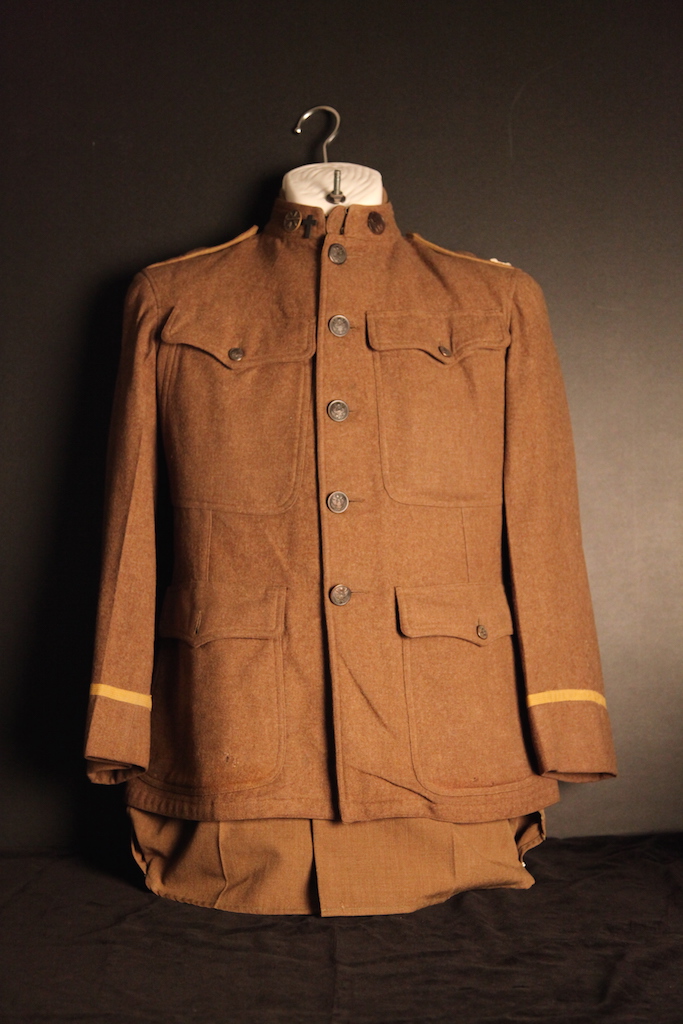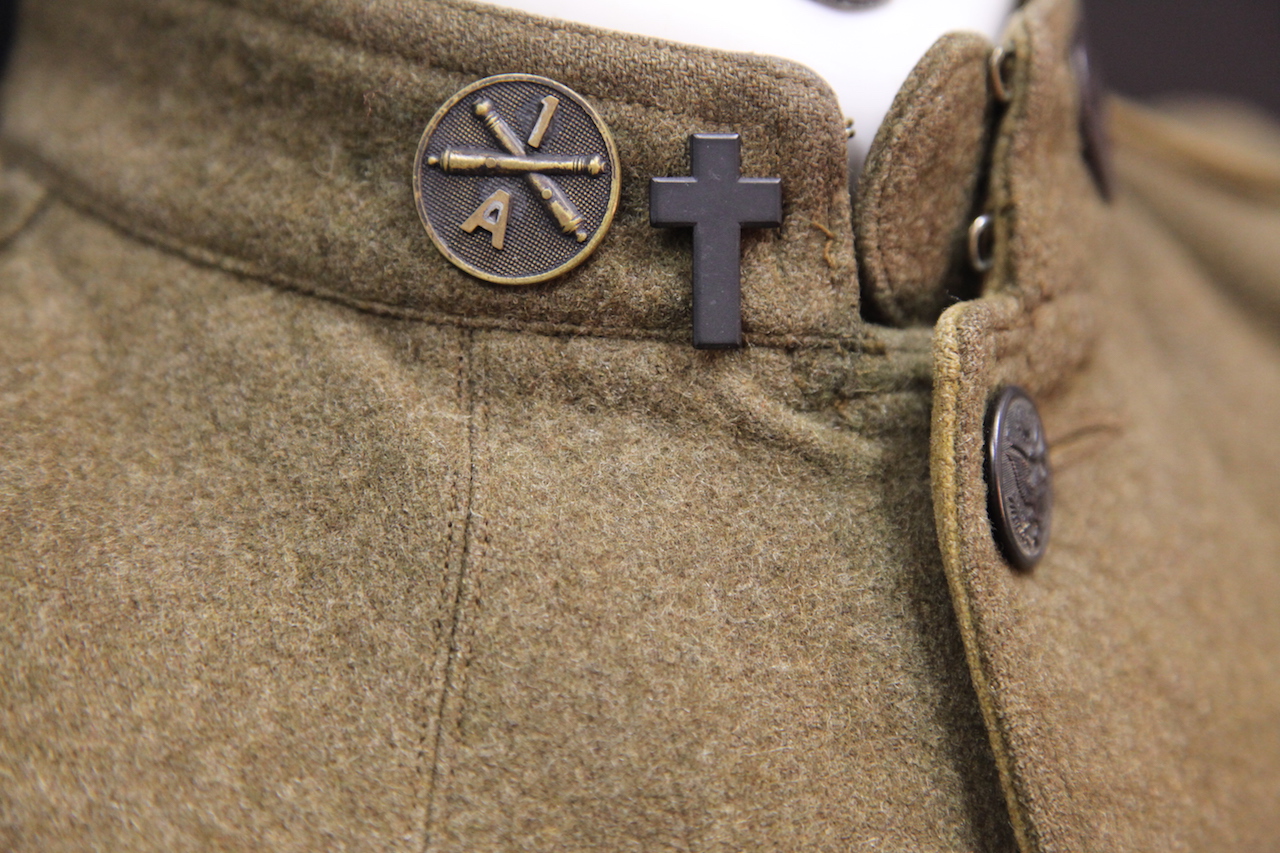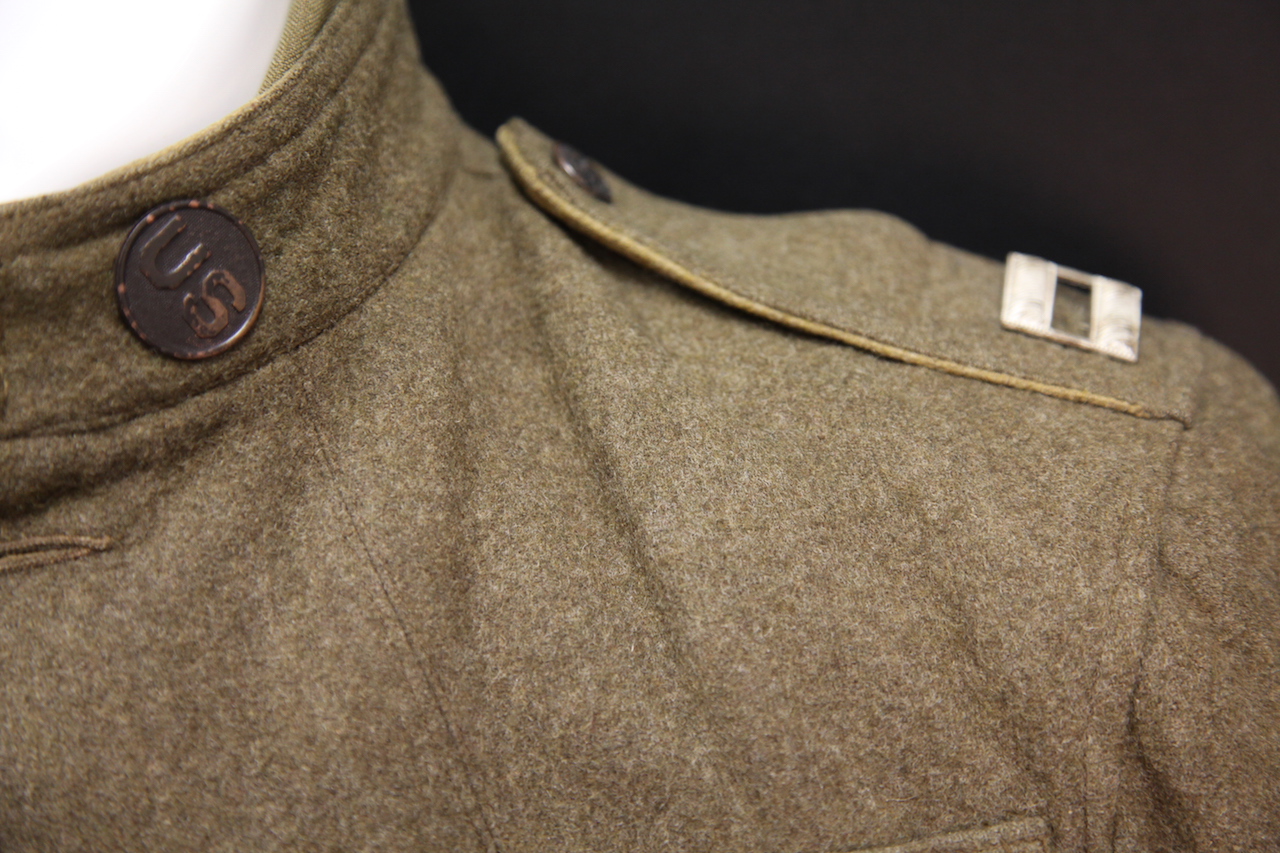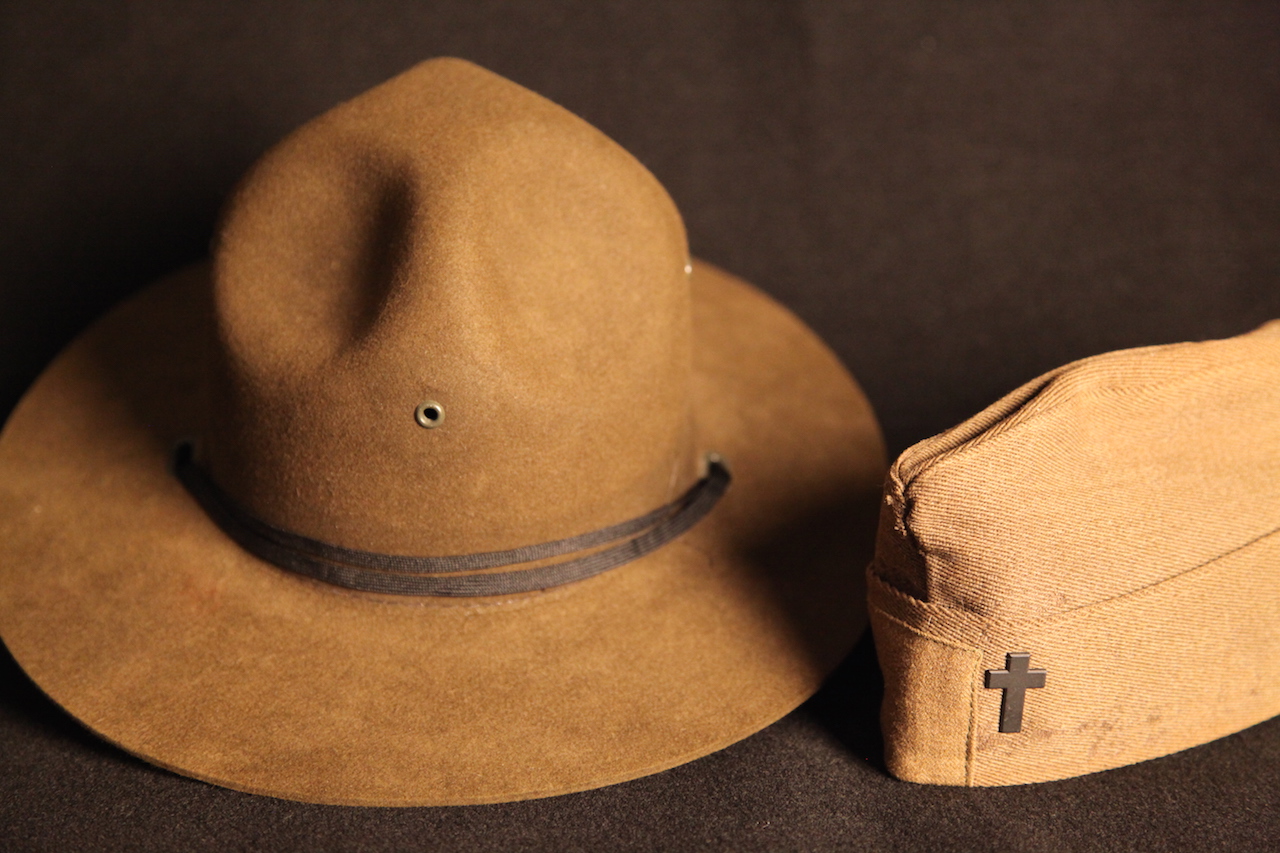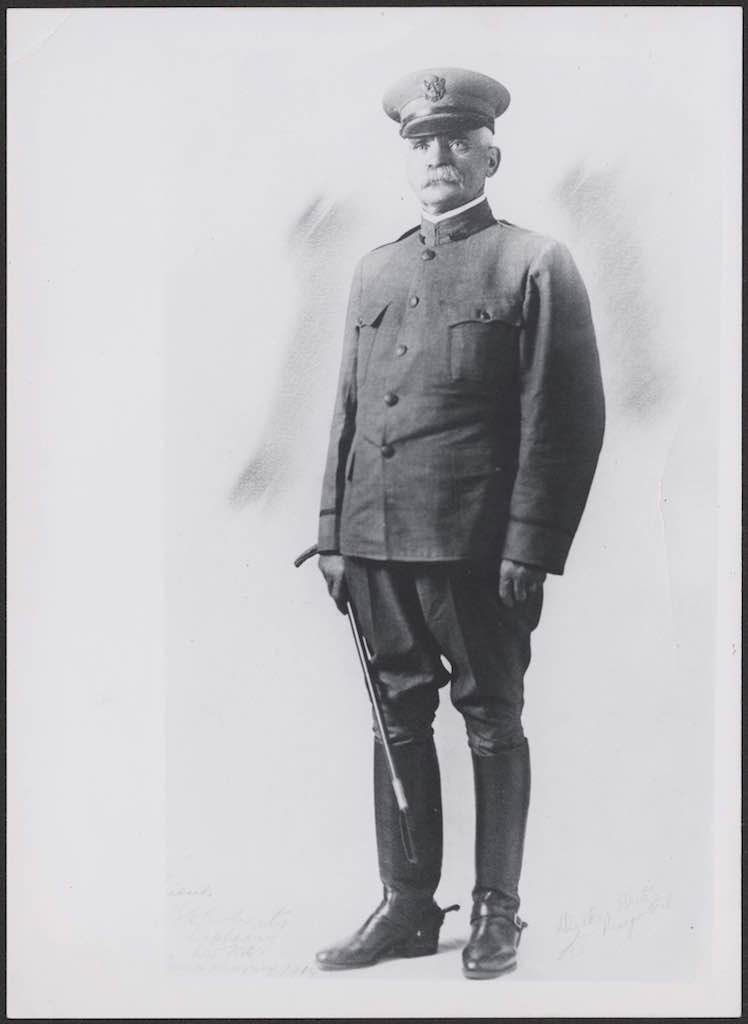Three LDS Chaplains
Discovering Different Paths of Service
B.H. Roberts was serving as one of the Seven Presidents of the Seventy when World War I commenced. He had surpassed 60 years of age when he was commissioned an Army Chaplain and was attached to the 145th field artillery unit from Utah. It was said about Roberts, “No longer a young man in years but in pep and patriotism he is hardly old enough for the selective draft.” He was a great support to the Mormon “dough boys.” He ministered to them in both life and death. Among those he attended in passing was Stanford Hinckley, brother to former Church President Gordon B. Hinckley.
Herbert Maw was a native Utahan who initially began training for the war as an airplane pilot. He was at first disappointed in being asked by the Church to take training as a chaplain. Eventually he served with a unit of mostly Reorganized LDS (RLDS) soldiers which at first treated him with suspicion, but whom he later won over. After the war, he returned home and studied law. He worked as an attorney into his nineties taking time out in the 1940’s to serve two terms as governor of Utah.
Calvin S. Smith was a son of the sixth president of the Church Joseph F. Smith. In his youth, he served as a missionary to Germany before the war and he was an educator by profession. He trained at Fort Lewis, Washington and later served for a time on the front lines in France. He understood very well the rigors of war. His assignments were varied and included defending soldiers accused of misconduct in military tribunals.
All three chaplains survived the war.
Credit: James I. Mangum, BYU Masters Thesis, The Influence of the First World War on the Church of Jesus Christ of Latter–day Saints. 2006.
